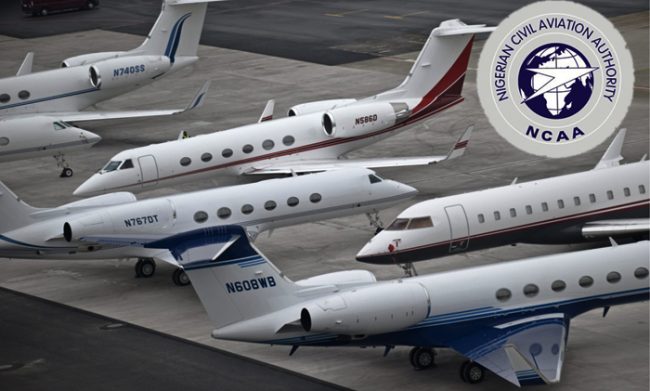With a $5 billion worth airport facility, Ethiopia will soon become the home of the largest airport in Africa. The Ethiopian government, within the next six months, wants to start the building of the airport, which will further establish the dominance of its aviation sector in the continent.
What’s fascinating about it? In a report by Bloomberg, Ethiopian Airlines’ Chief Executive Officer, Tewolde GebreMariam, said apart from being the largest airport in Africa, the airport would have a capacity that could cater to 100 million passengers yearly.
The capacity or size of the airport would place it above the likes of Europe’s busiest airport, London Heathrow and Dubai International, which is reportedly the world’s No. 1 for international flights currently. The new Ethiopian airport will be built 70 kilometers (43.5 miles) from the existing Bole International Airport in the capital, Addis Ababa.
Ethiopia not losing focus: This ambitious project will position Ethiopian aviation among the global league. Although the country’s national carrier is the most profitable in Africa, it is not ready to lose grip on the aviation market. Despite expanding the capacity of Bole Airport to contain more passengers, it has been projected to be overwhelmed by passenger growth in the next three to four years.
The country’s expansion plan is in line with its 15-year expansion strategy for its aviation industry. Ethiopia is entering into a partnership with countries and establishing subsidiaries in countries like Malawi, Chad, Zambia, and Mozambique, to cement its influence in Africa’s aviation market.
Ethiopia has also disclosed that it is interested in establishing airlines in Ghana and Nigeria. Note that in the 2018-2019 period, Ethiopian Airlines experienced a 25% increase in profits to hit $260 million after lifting more passengers and cargo compared to other periods.
According to a report, the airline recorded $4 billion, which is 18% higher than the previous period. This figure is projected to increase as the airline nears its goal of 22 million passengers by 2025.
Source: Nairametrics














